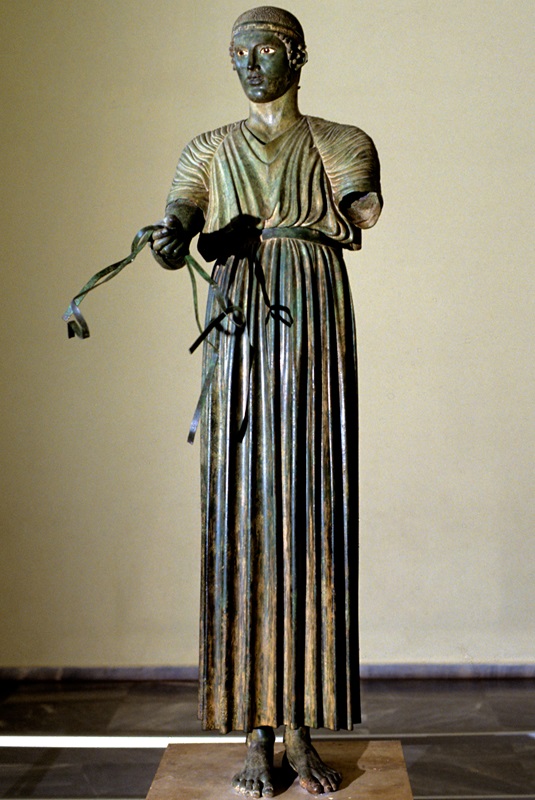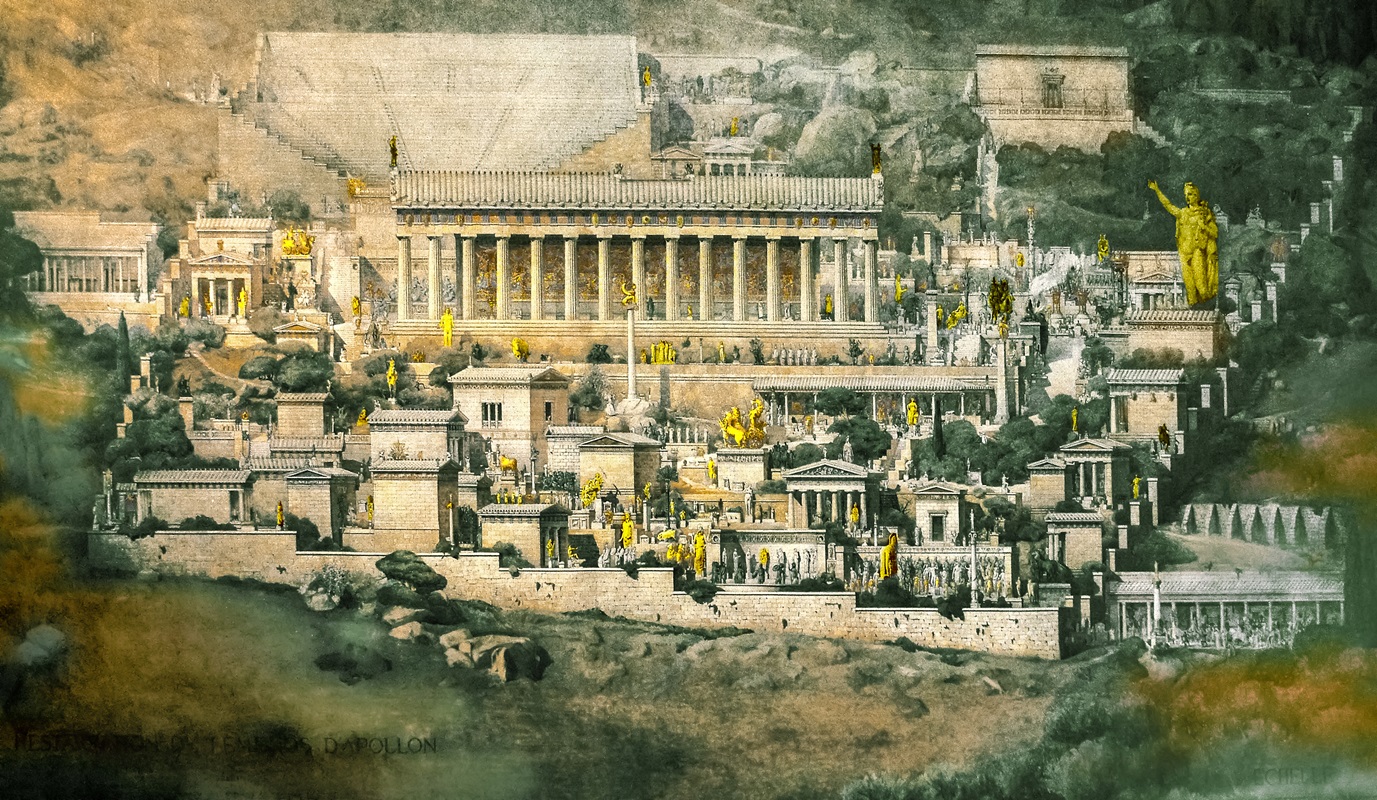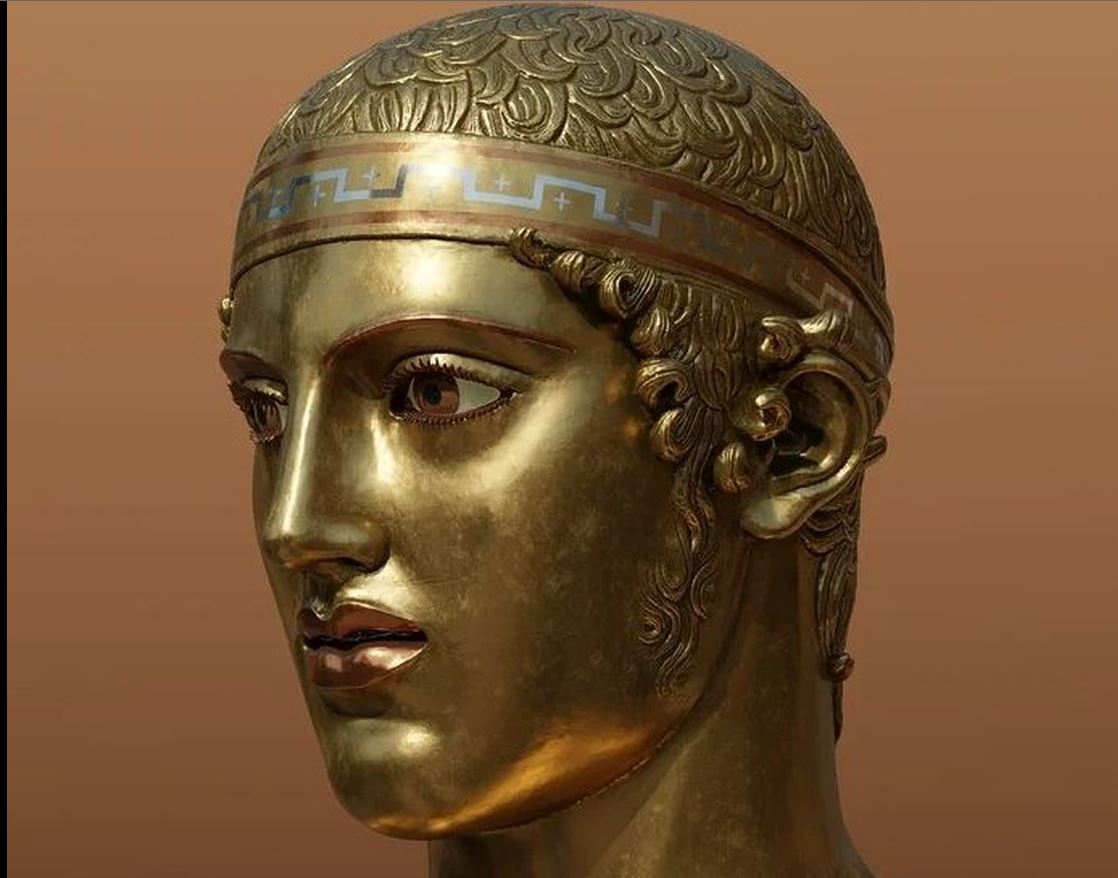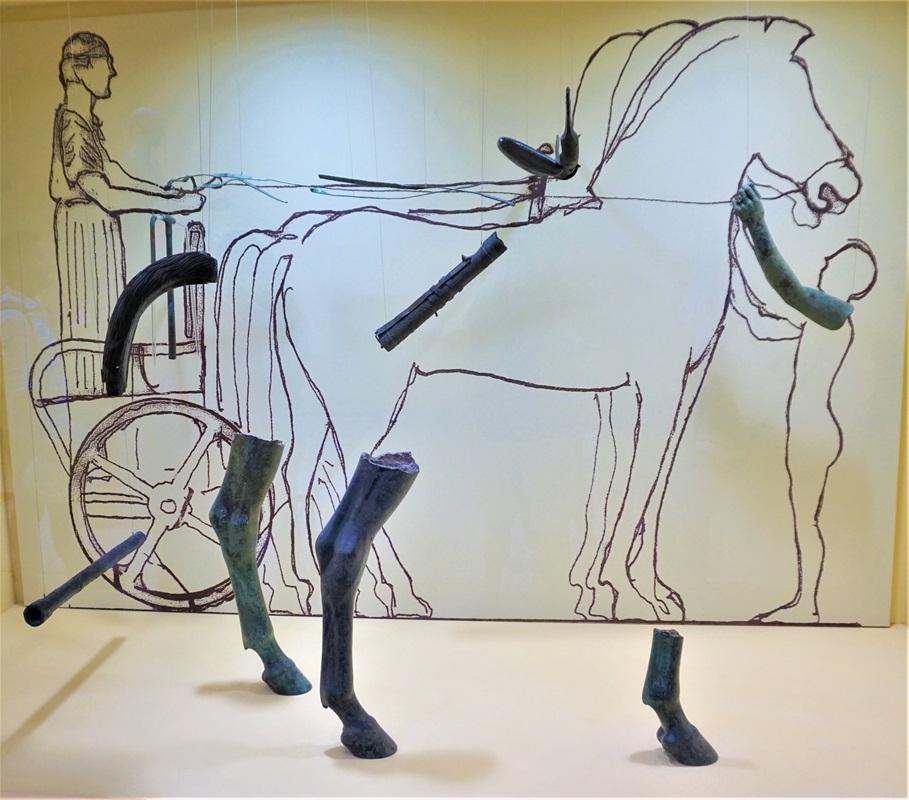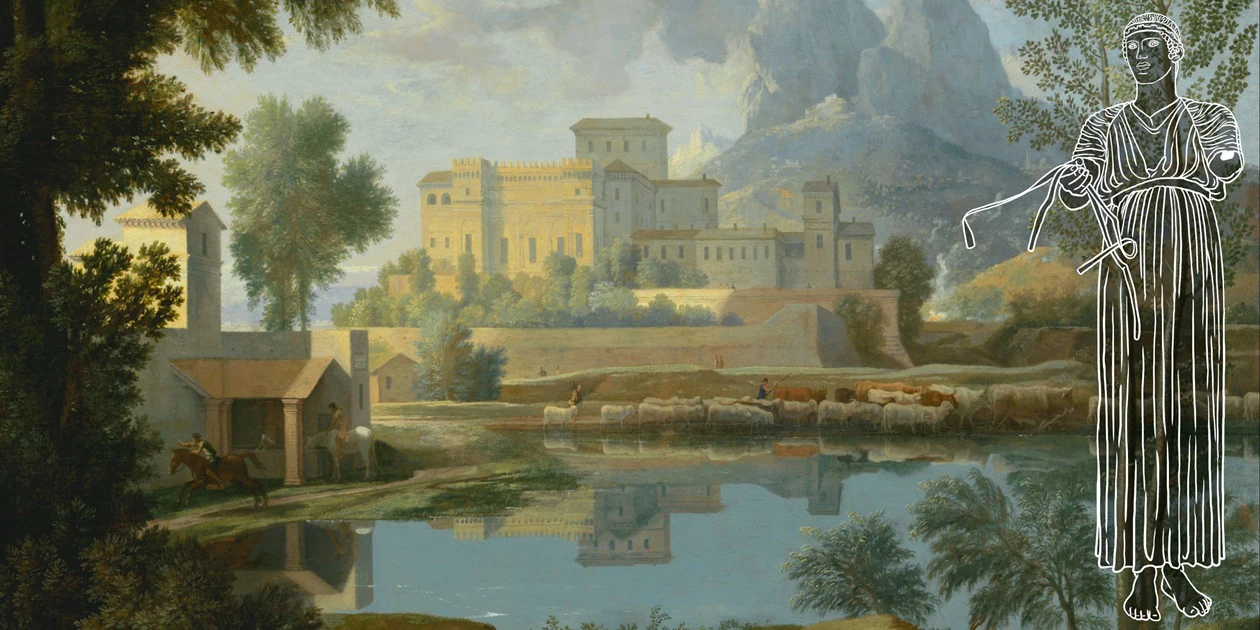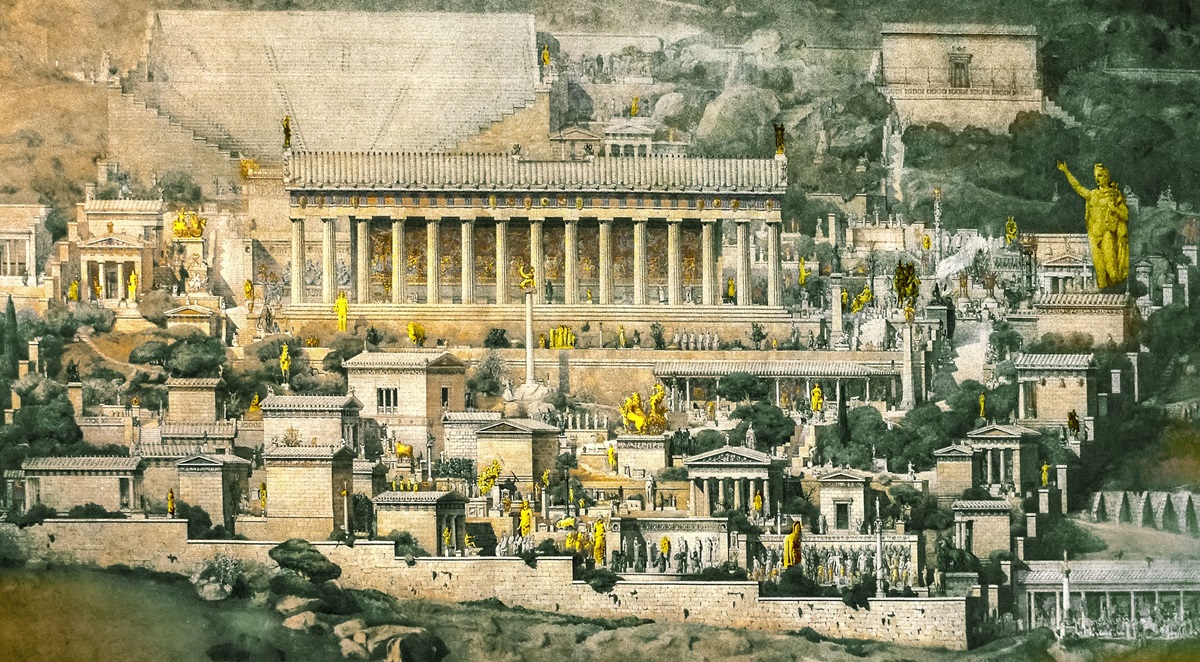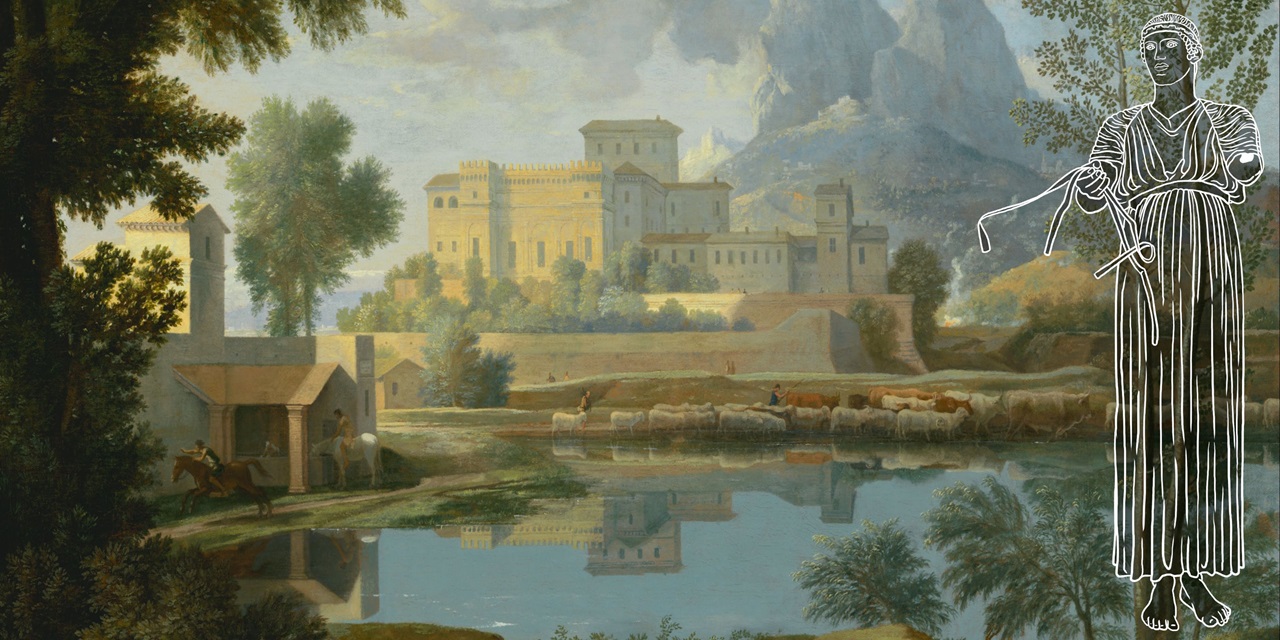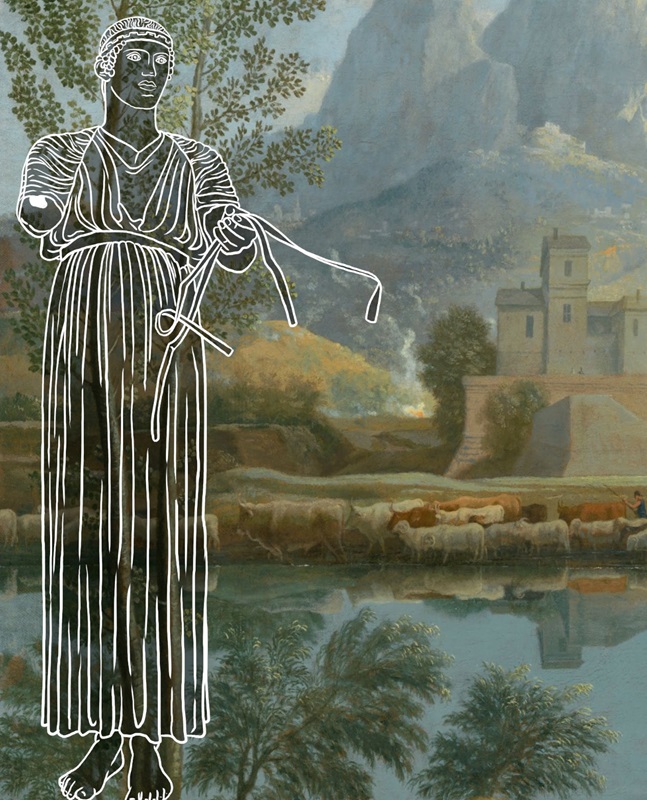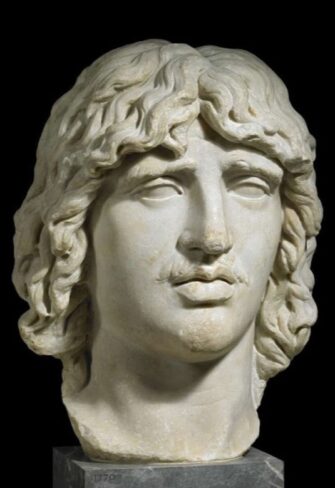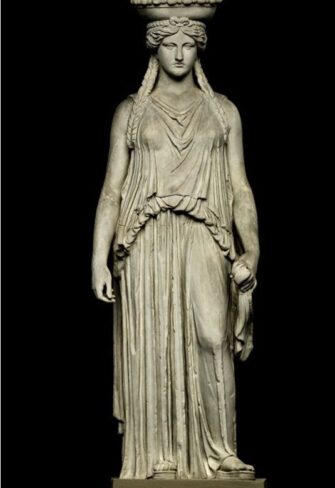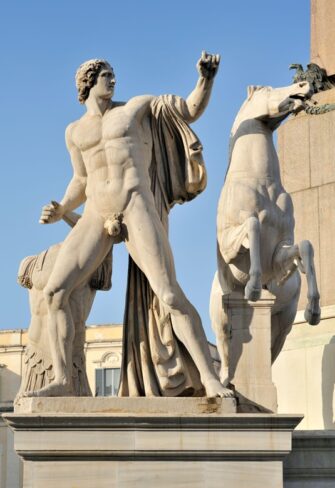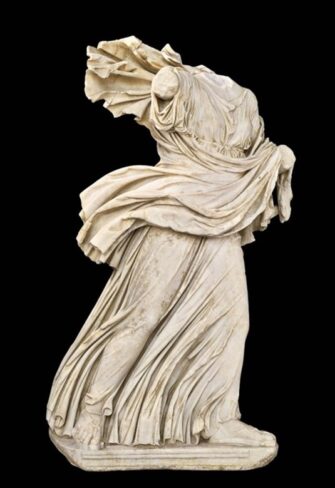All Garden Products from Classic Garden Elements
Charioteer of Delphi
£52,900.00
incl. VAT plus Shipping Costs
Delivery time: 6 months. Free delivery in England, Scotland & Wales (except islands)
USA deliveryclick here
Origin and location of the original for the replica of the bronze sculpture in museum quality
The Charioteer of Delphi is a 1.80 metre high original bronze statue from ancient Greece. It was found in 1896 in the Apollo sanctuary of Delphi and is now in the Archaeological Museum of Delphi. The statue, part of a group of statues, was buried by a landslide in 373 AD and thus preserved for posterity. According to the dedication, Polyzalos of Gela (Sicily) is the founder of the statue. It was created around 474 BC in the so-called austere style of the early Greek Classical period. The sculptor Pythagoras of Rhegion (modern-day Reggio di Calabria) is the most likely potential creator of the Charioteer of Delphi.
The statue represents a charioteer in the ephebic age, wearing a long robe girded under the chest, the so-called xystis of the charioteers. A headband decorated with crenellated meanders and crosses adorns the head, which is turned slightly to the right. The remains of the reins for a team of horses can still be seen in the right hand, of which some horse and chariot parts have been preserved.
Although the reconstruction of the team and the positioning of the horses are disputed, it is assumed that the group comprised at least four horses and probably two horse drivers. This statue is one of the few surviving examples in which the coloured glass flux inlays in the eyes have been preserved. We offer this antique bronze sculpture in museum quality in our online shop. You are buying a unique piece in its original size that has been personally made for you. The replica of the bronze sculpture is based on a plaster cast of the original statue made before 1914 in the Archaeological Museum of Delphi.
Description
Historical relevance, trivia
The Charioteer of Delphi is one of the nine original surviving large Greek bronzes, which gives it a fundamental and unique significance. This bronze statue radiates the wonderful, authentic glow of ancient Greece with impressive emotional intensity. The other eight surviving Greek bronze statues are the Artemision Bronze, the Boxer at Rest, the Hellenistic Prince, the Jockey of Artemision, the Riace Bronzes Riace A and Riace B, the Marathon Boy and the Croatian Apoxyomenos. Other Greek masterpieces are either unknown or have only survived through their Roman marble copies.
The discovery of the statue in 1896 was a worldwide sensation. In 1909, the designers Henriette Negrin and Mariano Fortuny created the ‘Delphos dress’, which was made possible by their specially developed pleating technique for silk. The dresses were produced until 1950. Today they are exhibited as works of art in numerous museums.
Latest Scientific Discoveries
The latest scientific insights regarding the Charioteer of Delphi are nothing short of spectacular, offering answers to numerous questions surrounding the few other surviving large-scale Greek bronze statues. We will outline these findings in some detail. From 2017 to 2021, scientists from the Louvre conducted an exhaustive on-site study of the Charioteer of Delphi. This marked the first time that one of the few extant large-scale Greek bronze statues was measured using the most advanced technological instruments, yielding groundbreaking results.
It was established that the Charioteer comprises approximately fifteen large, separately cast sections, all made from the same bronze alloy with a 10% tin content. The analyses revealed that most components of the statue were cast using the indirect lost-wax hollow-casting technique. Certain details (such as the ears, fingers, hair strands in front of the ears, and the knot of the headband) were produced using direct solid-casting and then fused using secondary casting techniques. The welding methods employed to join these parts were found to be extraordinarily sophisticated. For example, the head was welded to the neck by pouring molten bronze of identical composition into a channel containing large cavities. The edges of the components were lightly melted, allowing a perfect welded bond through fusion. X-ray imaging revealed that this advanced welding technique was used in many unexpected areas, such as the right wrist, the garment (composed of at least six sections), and the arms, feet, legs, and horse tails.
The original appearance of the statue was markedly different from its current state. The Charioteer’s head, tunic, arms, and legs would have had a highly polished, golden sheen characteristic of 10% tin bronze, while the reins and belt were a reddish hue (5% tin bronze). The eyelashes, eyebrows, and lips were made from pure copper, giving them a pinkish colour. The four visible upper incisors in the slightly parted mouth were crafted from silver. The headband was adorned with meanders and crosses inlaid with matte grey tin and embellished with two pink copper wires.
The Charioteer’s eyes were crafted with extraordinary jeweller-like precision. The sclera was made from magnesite, an exceptionally white stone; the rim of the iris from a basalt-family stone; the reddish-brown iris from chalcedony; and the black pupil from obsidian. The tear ducts were composed of fragments of pink coral.
The copper used for the statue was sourced from the Cyclades, particularly from the island of Siphnos. The workshop responsible for the construction of the statue was situated in Calabria, southern Italy, in the region between Sybaris and Croton. This conclusion is based on the analysis of soil samples found inside the statue. This hypothesis is particularly significant as it suggests that the sculptor Pythagoras of Rhegion (modern-day Reggio di Calabria) is the most likely potential creator of the Charioteer of Delphi. Ancient sources held Pythagoras of Rhegion in even higher regard than Myron, although none of Pythagoras’s works have survived—except, perhaps, The Charioteer of Delphi.
Antique sculpture. Cast bronze in museum quality. Chiselling
The bronze sculpture is recast using the traditional lost wax technique as a High-quality bronze casting. The basis for the negative mould required for this is a plaster cast of the original Delphic bronze. This plaster cast comes from the plaster cast collection of the University of Hamburg. Before 1914, the left arm missing from the original bronze was added to the statue and the reins were not depicted. Apart from these two details, the finished bronze sculpture therefore corresponds to the original in Delphi at the time of the pre-1914 plaster cast.
The fine headband and the hair on the head of Delphi’s charioteer are chiselled after casting. This is an art in itself and is done by hand using elaborate chiselling irons, chisels, files, scrapers and grinding and polishing tools.
Cast marble & marble sculpture from the sculptor
In addition to classic bronze casting, we also offer two other moulds for the statues shown here. Marble casting from powdered genuine white marble. And the new moulding of the statue by sculptors from a single block of white marble. If you are interested in such a mould, please do not hesitate to contact us. We look forward to receiving your e-mail or phone call.
Authentic Reproductions of Ancient Bronze Statues: Classical Weathered Patina and, exclusively new and available only with us, the Original Antique Patina based on the latest 2022 Louvre research findings
We offer two exceptional patina options for bronze statues. The first is the classical patina, which beautifully captures the natural weathered appearance of bronze. Since the rediscovery of ancient life-sized bronzes, this patina has become the preferred choice and is available in up to three popular variations.
For enthusiasts seeking an authentic, antique aesthetic, we present a groundbreaking innovation: a faithfully recreated surface finish that matches precisely what the ancient audience would have admired. Thanks to the spectacular research findings published by the Louvre Museum in late 2022, we are now able to replicate the surface of ancient life-sized bronzes with remarkable accuracy. The multi-year study of the Charioteer of Delphi, conducted using cutting-edge technology, revealed that the statue, aside from minor details such as the eyes, headband, and belt, once displayed a high-gloss, golden sheen reminiscent of subtly shimmering gold leaf. It is therefore highly likely that renowned ancient sites, such as Delphi, Olympia, and Delos, presented themselves to ancient visitors with bronze statues gleaming in golden splendour.
This effect was achieved through the use of bronze with a 10% tin content. Armed with this scientifically substantiated knowledge, we can now offer an authentically recreated, antique surface for our reproductions of ancient life-sized bronzes – a level of precision that was unattainable prior to these 2022 research advancements.
Individualisation of the statue
Each statue cast by us is engraved in the base with a serial number, date of manufacture and our company logo. The base is also engraved with your name, a lettering, the occasion of production, your own company logo or additional engraving as required.
Buying your very own personal legacy, a replica of an antique bronze sculpture
Our life-size cast bronze replicas are therefore not only artistic replicas, but also timeless memories that will preserve your legacy for generations to come. By engraving your name, the date and the occasion on the base, you are buying an imperishable symbol of your most personal life achievement, your significance in this world and your work there with this museum-quality bronze replica.
Memory cast in bronze in the radiant light of antiquity
Ancient Greek bronze statues and their masterfully crafted Roman marble replicas were the sensual and visual mirror of these two cultures for over a millennium.
Advanced civilisations. After their rediscovery during the Renaissance, these statues once again became world-famous and symbolised the emergence of modernity. The statue made for you and with your name as the donor will forever be a reminder of your personality and achievements in the ancient traditions of Delphi and Rome.
Locations for the installation of ancient statues & list of parks with ancient sculptures
In exceptionally designed gardens and parks, alongside high horticultural artistry and exceptionally beautiful design, the use of top-notch furnishings often shines. Whether it’s furniture or statues and sculptures. Now original antique statues are not or very rarely available for sale. Since their rediscovery in the Renaissance, costly replicas have such been made for castles, their parks, and concurrently for the mansions of the bourgeoisie who have attained great wealth. During this time, a canon for the placement and positioning of these artworks formed and developed into modern times. In our online shop, you’ll find an overview of particularly beautiful locations for ancient statues. Additionally, we provide you with an overview of some publicly accessible gardens and parks, each boasting an impressive collection of ancient sculptures, along with specific details on where each statue can be seen.
Product details
| Item No. | S04 |
|---|---|
| Material | Bronze cast |
| height | 180 cm |
| What you receive | Single piece, Bronze cast. The exact design details, measurements and weight as well as the structure and colour of the Bronze cast may vary. |
| Delivery | Delivered using our own van |
| Delivery Charge | Free delivery in England and Wales (except islands) and to a few EU countries. Click here for details. |
| Price incl. VAT | £52,900.00 |



